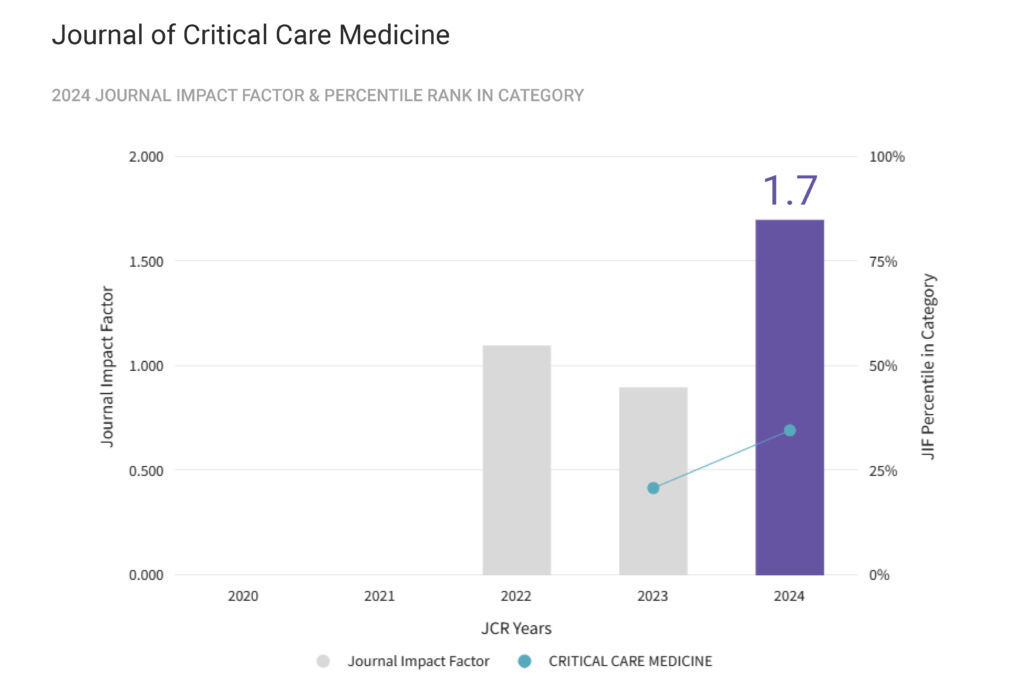Introduction: Acute Respiratory Distress Syndrome (ARDS) is a critical condition characterised by acute respiratory failure due to increased alveolar-capillary membrane permeability. This leads to non-cardiogenic pulmonary oedema, hypoxemia, and impaired respiratory compliance, significantly impacting patients’ survival and quality of life. The management of ARDS involves various ventilatory and non-ventilatory therapies. Understanding the optimal timing and application of these therapies is crucial for improving patient outcomes.
Aim of the study: This scoping review aims to identify and synthesise the ventilatory techniques used in managing ARDS, focusing on their temporality and the interplay between different therapies. The study seeks to synthesize the available evidence and summarize current management strategies, highlighting areas for further research and improvement in ARDS care.
Material and Methods: A systematic search of PubMed, EBSCO, and ScienceDirect databases was conducted, following the Joanna Briggs Institute guidelines (2015), for articles published between 2013 and 2023. Studies involving adult patients (18 years or older) diagnosed with ARDS and receiving ventilatory support in the ICU were included. Exclusion criteria included other acute respiratory pathologies, clinically extreme obese patients, and patients with tracheostomy.
Results: 437 articles were identified through the database search, of which 23 met the inclusion criteria and were included in the final review. Most articles were published between 2015-2019 (43.5%), originated from the USA (34.78%), and employed observational study designs (73.91%). The included studies reported on patients aged between 23 and 79 years, with intrapulmonary causes being the most common aetiology for ARDS. Various ventilatory strategies were identified, including conventional oxygen therapy, high-flow nasal cannula (HFNC), non-invasive ventilation (NIV), invasive ventilation (IMV), and combined approaches. Temporality was reported in 35% of the articles, but none of them as their primary focus.
Conclusions: The review highlights the diversity of ventilatory techniques employed in ARDS management and the importance of individualizing treatment strategies based on patient response and disease severity. The temporality of these interventions remains a crucial aspect, requiring further investigation to establish clearer guidelines for optimizing the timing and sequence of ventilatory support in ARDS. The findings underscore the need for future research to focus on patient-centred outcomes and the long-term implications of ARDS management, including quality of life and functional status.
Characteristics and temporality of the ventilatory techniques in the management of acute respiratory distress syndrome: A scoping review
DOI: 10.2478/jccm-2025-0019
Keywords: temporality, critical care, intensive care unit (ICU), patient-centred care, mechanical ventilation, acute respiratory distress syndrome (ARDS), oxygen therapy, high-flow nasal cannula (HFNC), non-invasive ventilation (NIV), invasive mechanical ventilation (IMV)
Full text: PDF










